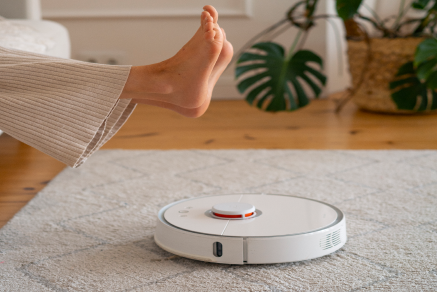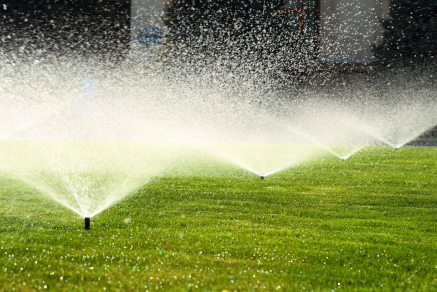

PROJECT
Robot Vacuum
As the adoption of robotic vacuum cleaners continues to grow, concerns around the security and privacy implications of these connected devices have become increasingly prevalent. Recognizing the need to proactively address these issues, a leading manufacturer of robot vacuums engaged our team of security experts to conduct a comprehensive assessment of their product’s security posture. The scope included its hardware, firmware, associated mobile applications, and communication channels.
Our assessment leveraged a combination of advanced security assessment methodologies, industry-leading tools, and specialized scripts to meticulously probe the robotic cleaner for vulnerabilities. This included comprehensive tests on firmware, mobile app security, communication protocols, and local data storage. From the outset, it was clear that the manufacturer had made significant strides in incorporating security features, such as encrypted data transmission and user authentication. However, our in-depth analysis revealed several vulnerabilities that, if left unaddressed, could expose users to potential risks.
One significant issue identified was insecure communication channels, despite initial encryption implementations. Through detailed network analysis, our experts demonstrated that certain sensitive data transmissions were vulnerable to interception, potentially exposing private user information, including device locations and cleaning schedules.
Additionally, our analysis of the device’s firmware update mechanism revealed weaknesses, notably the lack of robust digital signatures. This vulnerability could allow attackers to inject malicious firmware, thereby compromising device integrity and enabling attackers to gain unauthorized access to user networks and data.
Our examination of the robot vacuum’s mobile applications identified critical issues, such as the ability to exploit the application’s functionalities to access internal test and unreleased features. Attackers could manipulate these vulnerabilities, potentially affecting device control and monitoring capabilities and enabling unauthorized surveillance.
In response to our findings, we recommended comprehensive remediation measures including:
- Enhancing application-level security measures, specifically reinforcing authentication and authorization to prevent unauthorized access to sensitive app features.
- Strengthening communication protocols to safeguard against interception and manipulation.
- Strengthening local cryptographic implementation to ensure that the information handled or stored by the robot is up to industry standards.
- Implementing secure firmware updates utilizing robust digital signatures to validate authenticity and integrity.
- Anti-automation protection mechanisms in mobile apps, rigorous sandboxing, and strengthened privacy controls.
- Training the development and operations teams on advanced mobile security practices to foster an organizational culture of security awareness and preparedness.
In conclusion, the manufacturer of the robotic vacuum cleaner had made significant strides in addressing the most common security and privacy vulnerabilities associated with these connected devices before engaging with us. However, the in-depth assessment conducted by our team of security experts revealed that even with these robust security measures in place, there are still critical flaws that could be exploited by malicious actors. The vulnerabilities discovered in the remote control and monitoring capabilities, firmware update process, and local data storage underscore the importance of adopting a multi-layered security approach and continuously evaluating the evolving threat landscape. The findings of this assessment highlight the value of diverse perspectives and skill sets in identifying and addressing security challenges. This emphasizes the importance of engaging external security experts to provide an independent and comprehensive assessment of a product’s security posture. This proactive approach helps manufacturers maintain consumer trust by continuously protecting users against evolving threats inherent in connected home technologies.







